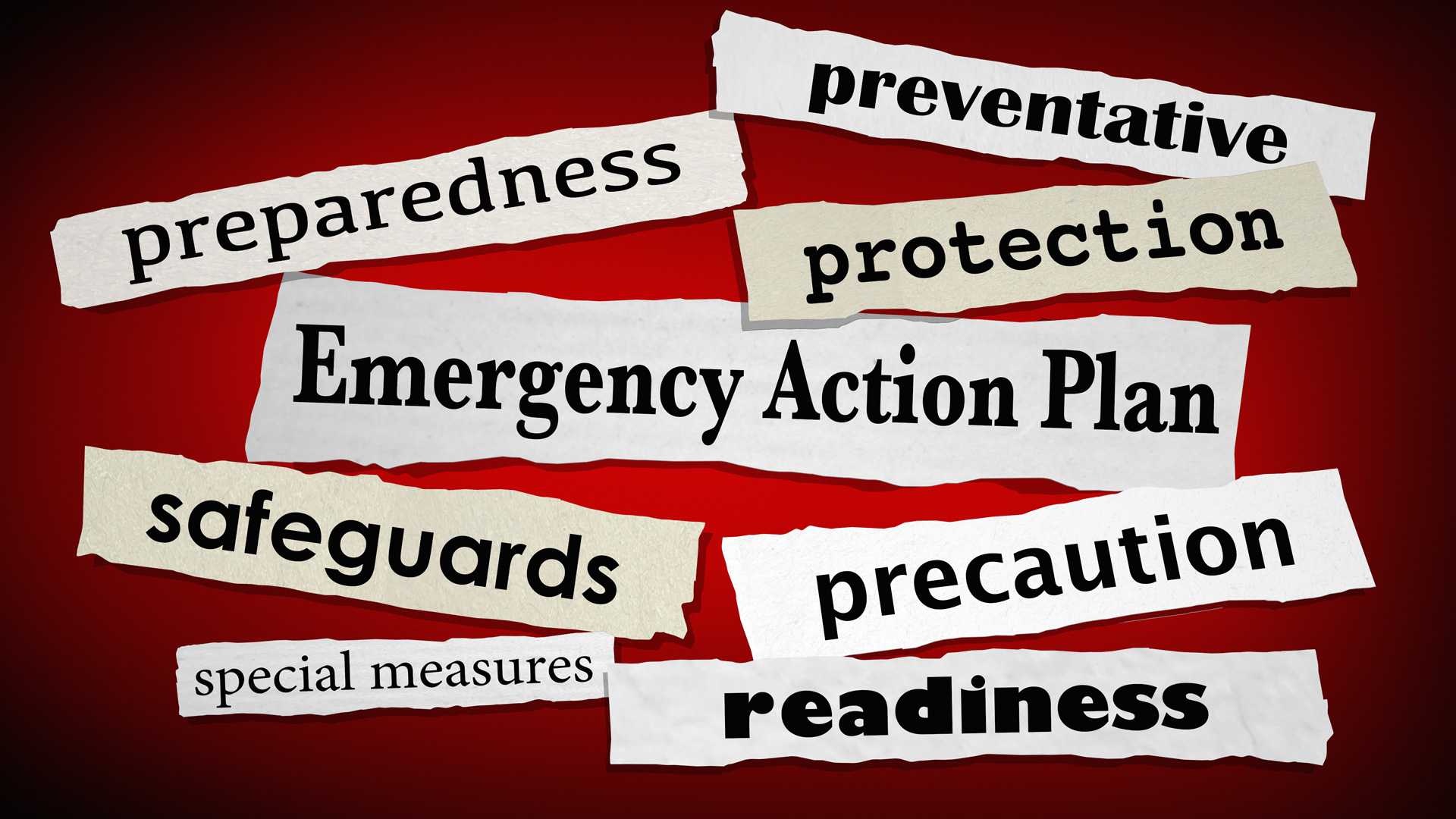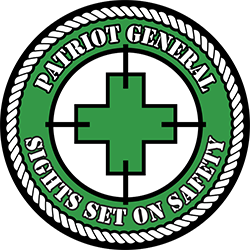Having an Emergency Action Plan (EAP) is crucial for ensuring employee safety and minimizing risk during emergencies. It provides a structured and organized response, helping to manage and mitigate the impact of incidents like fires, chemical spills, and natural disasters. An EAP also ensures compliance with OSHA regulations, avoiding legal penalties and enhancing workplace safety standards.
Regular training and clear communication procedures outlined in the plan prepare employees to act quickly and effectively, reducing injuries and property damage.

According to the Occupational Safety and Health Administration (OSHA), having an Emergency Action Plan (EAP) is crucial for several reasons:
- Employee Safety: An EAP ensures that employees know the proper procedures to follow in case of an emergency, which can significantly reduce the risk of injuries and fatalities.
- Legal Compliance: OSHA requires certain businesses to have a written EAP that meets specific guidelines. Compliance with these regulations helps avoid legal penalties and ensures a company is meeting federal safety standards.
- Organized Response: An EAP provides a structured response to emergencies, which can help manage and mitigate the impact of incidents such as fires, chemical spills, natural disasters, or other workplace hazards.
- Effective Communication: An EAP outlines clear communication channels and procedures, ensuring that all employees are informed and can communicate effectively during an emergency.
- Minimized Property Damage: By having a plan in place, companies can take immediate action to protect property and minimize damage during emergencies.
- Preparedness and Training: Developing and maintaining an EAP encourages regular training and drills, which can enhance overall preparedness and ensure that employees are ready to act quickly and effectively in an emergency.
- Coordination with Emergency Services: An EAP often includes coordination with local emergency services, ensuring a rapid and efficient response from external agencies when needed.
OSHA emphasizes that an EAP should be tailored to the specific workplace, addressing the particular hazards and needs of the organization. This customization helps ensure the plan is practical, effective, and relevant to the specific conditions of the workplace.
For more information on Emergency Action Plans and how to create your own, visit the U.S. Department of Labor’s official website at:
https://www.osha.gov/etools/evacuation-plans-procedures/expert-systems/create-eap





